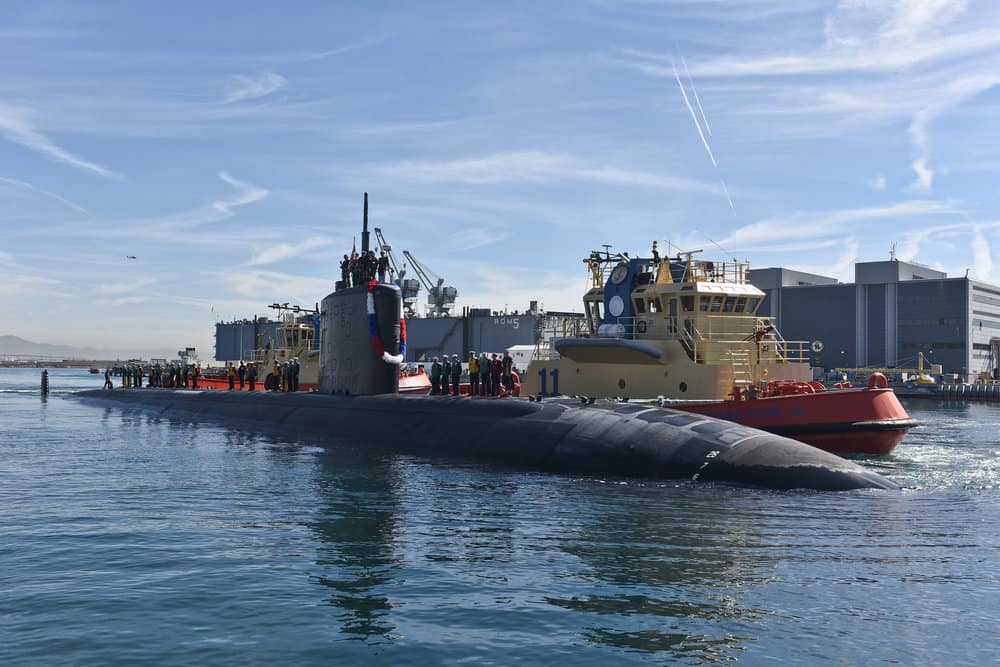NASA’s Wallops flight facility is still trying to find a weather window to launch a rocket that will send luminescent clouds into the sky along the mid-Atlantic coast. But there’s good news: they now have more opportunities.
A sounding rocket lights up the sky. Credit: NASAThe NASA sounding rocket was originally set to launch in late May, but skies need to be clear at the Wallops Flight Facility on Virginia’s Eastern Shore, or its second ground location in Duck, North Carolina. It has attempted to launch several times, some due to cloudy or windy conditions, and some because of boats in the hazard area.
Now, NASA says, they have new chances to launch June 20th or 24th. The next attempt will be Tuesday night the 19th between 9:05 and 9:20 pm.
When it launches, the two-stage rocket will deploy ten canisters, each about the size of a soft drink can, into the air. The canisters will release blue-green and red vapor-forming artificial clouds. The clouds, or vapor tracers, allow scientists on the ground to track particle motions in space.
The vapor tracers are formed through the interaction of barium, strontium and cupric-oxide. They will be released at altitudes 96 to 124 miles high, and according to NASA, they don’t pose any risk to residents along the mid-Atlantic coast.

The total flight time for the mission is expected to be about 8 minutes. The payload will land in the Atlantic Ocean about 90 miles from Wallops Island and will not be recovered.
This is a test for a new system to support science studies of the ionosphere and aurora. It will allow scientists to gather information over a much larger area than previously allowed.
Ground cameras will be stationed at Wallops and in Duck, North Carolina, to view the vapor tracers.
The NASA Visitor Center at Wallops will open on launch day for viewing the flight.
Live coverage of the mission will be streamed on the Wallops Ustream site. Launch updates also are available via the Wallops Facebook and Twitter sites.
At the height of the last launch attempt, 28,000 people tuned on Facebook Live to try to watch the launch.



